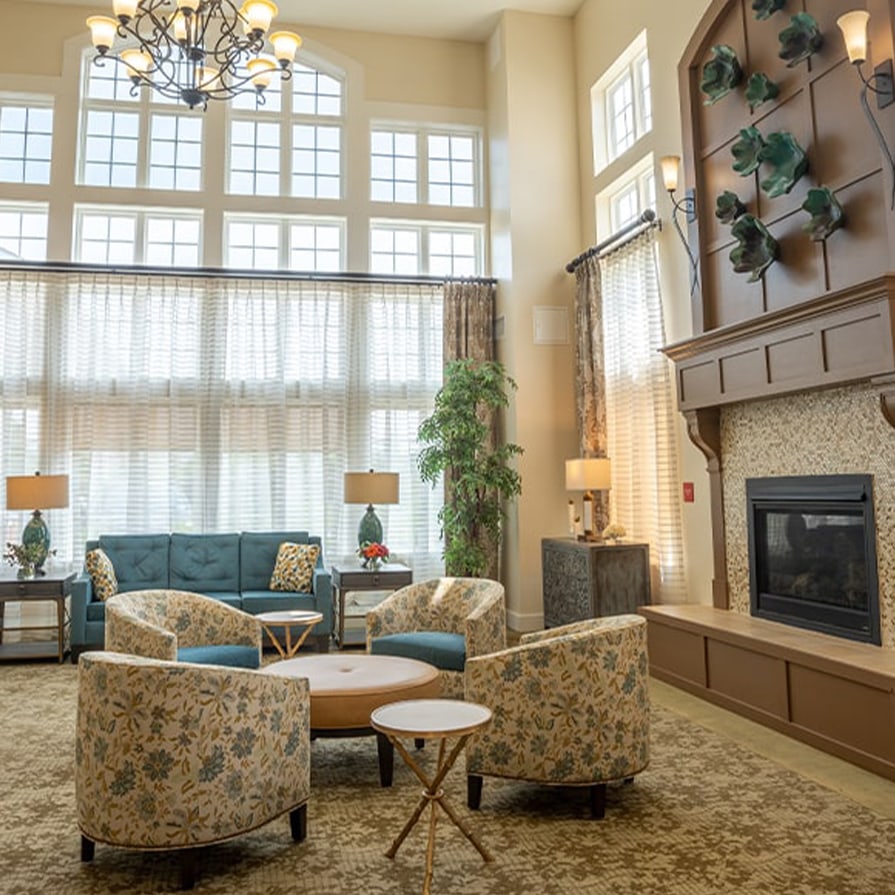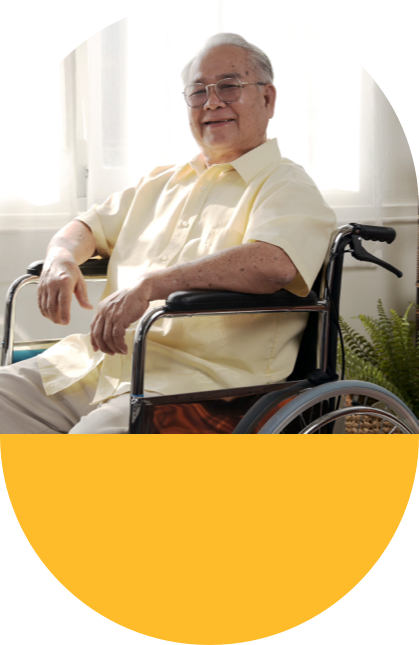Dementia doesn’t just change memory. It affects most parts of a person’s life. For many families, it also means rethinking how the home feels, functions, and flows. Whether you’re supporting a loved one at home or exploring care options, creating a space that feels safe and supportive can make all the difference.
You can help create a safer, calmer day-to-day life by adjusting your loved one’s home. First, walk through to assess potential problems. Then, you can make small changes to lighting, layout, and routines—especially in spaces where accidents or confusion are more likely.
What Dementia Means for Everyday Safety
Dementia affects more than just memory. It changes how someone sees, processes, and reacts to the world around them. As this condition progresses, even familiar surroundings can suddenly feel unfamiliar or unsafe.
This shift in perception increases the risk of falls, confusion, or wandering. For example, a hallway shadow might be mistaken for a hole, or a patterned rug might look like an obstacle. These reactions can be problematic, but planning for them can reduce stress for everyone involved.
Start with a Safety Walkthrough
Creating a dementia-friendly space means focusing on clarity, predictability, and comfort. Before you start rearranging or replacing things, take a slow walk through your space with fresh eyes. Try to imagine how each area might feel to someone experiencing memory loss or visual confusion.
Here are some areas to check during your walkthrough:
- Loose rugs, cords, or uneven transitions between floor types.
- Dim lighting or shadowy corners, especially in hallways or bathrooms.
- Sharp furniture edges, crowded pathways, or small items that clutter walking areas.
- Doors that lead outside without visual cues or safety alerts.
- Unlabeled drawers, cabinets, or containers that might confuse or frustrate.
Once you’ve done this assessment, you’ll have a clearer sense of where small tweaks can lead to big improvements in senior safety and peace of mind.
Make Key Areas Safer Room by Room
When it comes to home safety, it helps to go room by room. Each space has its own set of risks, so you’ll need to work slowly and carefully. Dementia-friendly design isn’t about overhauling everything. It’s about simplifying each room to support comfort, function, and flow.
Kitchen Risks & Fixes
Here are a few tips that help reduce wandering risks or safety issues in the kitchen:
- Turn off or unplug small appliances when not in use
- Add stove knob covers or look for appliances with auto shut-off features
- Lock or move cleaning products, knives, and breakables out of reach
- Clearly label pantry items, drawers, or shelves to reduce confusion
- Use contrasting colors for plates and countertops to improve visibility
A simplified kitchen helps your loved one feel more capable without putting themselves at risk.
Safer Bathroom Setup
Bathrooms can be slippery and disorienting, but these changes can add structure and support:
- Add grab bars next to the toilet and inside the shower
- Lay down non-slip mats in and outside the tub or shower
- Install a shower seat for stability during bathing
- Store medications in clearly labeled containers with secure closures
- Keep toiletries visible and accessible to avoid frustration
These small updates can go a long way toward creating a safe space.
Living Spaces That Reduce Hazards
From living rooms to bedrooms, shared spaces should feel open and intuitive:
- Secure large furniture to the wall to prevent tipping
- Avoid sharp-edged tables or lamps that might be bumped
- Place remote controls, glasses, or phones in visible, reachable spots
- Use soft lighting for a calm ambiance in the evening
- Keep emergency contact info near the phone or bedside
A little forethought turns these rooms into places of comfort rather than confusion.

Build Familiarity Through Routine & Design
Consistency matters. Daily routines help provide rhythm and structure, especially when memory feels unreliable. When routines are combined with personal touches—like family photos or favorite music—they also offer emotional reassurance.
If possible, set up meals, medications, and activities around the same times every day. Use décor or scents to mark different rooms. Even something as simple as placing a favorite quilt on the couch can help signal “this is home.”
Add Smart Tools for Extra Security
You don’t need high-tech gadgets to increase safety, but a few thoughtful tools can make everyday life smoother. Smart speakers, like those with voice assistants, can be used to set reminders, play calming music, or control lights. You can even program them to give medication prompts at certain times.
GPS devices or wearable trackers can help caregivers stay connected, especially if wandering risks are a concern. This adds peace of mind without constant oversight.
Stay Connected to Support Well-Being
Safety isn’t just physical—it’s social too. Isolation can increase confusion, depression, and agitation for seniors with dementia.
Make time for connection, even in small ways. Phone calls, walks, music, or card games can all help. And if you’re caregiving from a distance, consider tools like photo-sharing frames or scheduled video chats.
How Memory Care Supports Dementia Safety
When home adjustments aren’t enough—or when it’s time for additional support—memory care communities like ours at Juniper can help. We’re proud to offer intentional, personalized spaces for seniors with dementia. Here, design choices are made with memory support in mind to make life easier for those who need it.
From open, easy-to-navigate layouts to color cues and familiar décor, everything supports safety and autonomy. Here, your loved one can live in an environment that feels warm, lived-in, and welcoming. That’s the heart of what makes us different. Contact us today to learn more!







